ReliableSite is far from a new company.
Radic Davydov, originally a software engineer, received the idea to create ReliableSite all the way back in 2006, after his father had a failed purchase of another hosting company.
Pretty quickly after, Radic had shipped his first server off and was slicing it out with shared hosting offers:

(We didn’t photoshop the turkey in, the turkey is all Radic. That’s how ReliableSite looked back in fall 2006.)
Between now and 2006… a lot has happened (to say the least).
For example, their website design has changed:
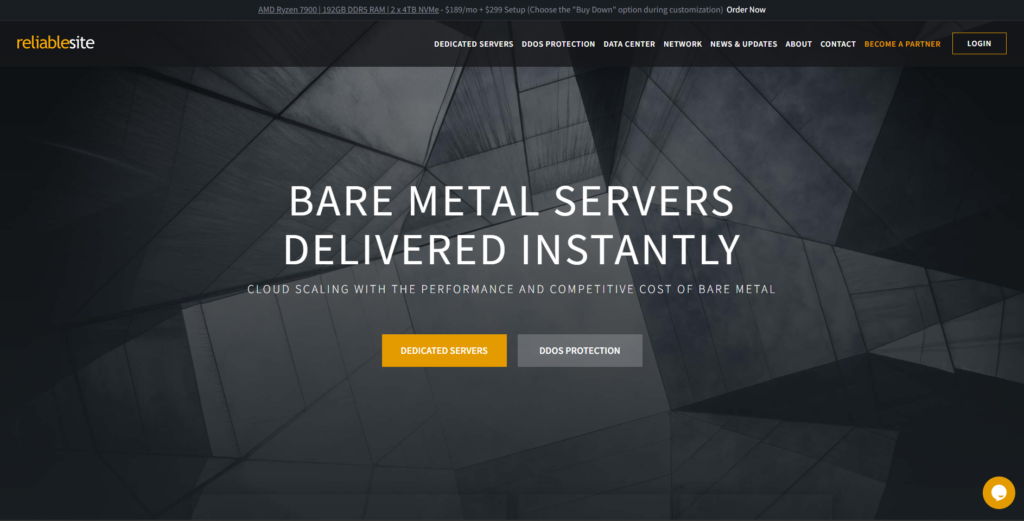
(Just looks slightly different.)
But there’s bigger questions that need to be answered, outside of just website design…
So, I set out in pursuit:
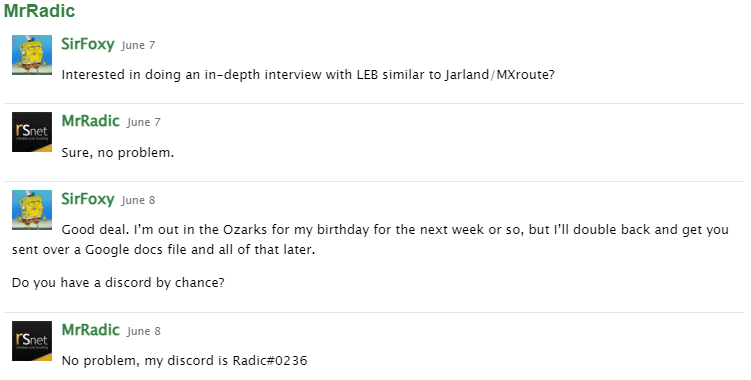
(LowEndTalk is the messaging medium of choice, the Jarland/MXRoute interview mentioned is also legendary.)
After I reached out to Radic, he not only provided me answers, he opened up the door to a handful of new discoveries…
Such as:
- They have a new DDoS mitigation solution coming very soon.
- They’re making an entirely free billing and support panel (whmcs alternative).
- Updates on their brand new company, Boot.
- They plan on building a datacenter in Miami.
- And more…
I figured it was only fair to share those discoveries with you. But first, so you know the full ReliableSite story…
Let’s take it from the top:
How ReliableSite Started
Q: Take us back to 2006 (or slightly before) when you were working as a software engineer. What did your life look like at that time? Why did you decide to start Reliablesite?
A: I was a software engineer at the time, my father was looking to buy a business. He ran across a hosting business for sale, he wasn’t interested, but it caught my interest. After months and months of research and preparation, I decided to launch a shared hosting company.
Q: Are you the only founder?
A: Yes. It’s all bootstrapped, I built up everything on my own.
Q: What did those early years look like? Was growth slow? Fast? How were you trying to advertise ReliableSite?
A: It was mostly a side hustle at the time. Most of our customers came from WHT at the time.
Q: Going back to your father earlier before we pass it too much, you mentioned he was looking to buy a company. Does he play any significant role for Reliablesite?
A: No, he never ended up buying anything. Running a company wasn’t his forte. You also have to remember that the great recession was literally 2 years down the line after that.
Q: How did you handle the 2008 housing crash?
A: I was small at the time, it was still a side hussle, so not much of my main income at the time.
A side hustle can only be a side hustle for so long.
I was interested in at what point Radic really started taking ReliableSite seriously…
Switching to ReliableSite Full-time
Q: What were you doing at the time to fund ReliableSite?
A: ReliableSite starting paying its own bills pretty quickly, but the initial funding was just savings. The initial server purchase, software licensing, colo fees. I want to say within a year everything was paying for itself. A few years later, we started transitioning into dedicated servers. Sometime in 2011, I decided that ReliableSite should be my fulltime gig and I left my main job, arranged for a part time job doing some consulting. That unfortunately only lasted a few months and I was forced into doing RS full time. Had my first hire 6 months after that, and it’s been a non-stop learning experience every since.
Q: Define forced?
A: Got married, when I came back from my honeymoon, that consulting gig was no longer and RS was my only source of income.
Q: Was there any key turning point that led you to leaving the main job other than just wanting to do ReliableSite full-time?
A: My wife was getting her degree, so I was the only source of income. I knew that I would be limited in growth by working my regular job. RS was self sufficient before I transitioned 100% into it, it was making more money than I was making at my full time job. We were already doing bare metal at that time and the growth potential was there.
Q: What brought about the transition between shared and bare metal?
I decided then, the next important question was what Radic had in store for the future…
A: CoreSite Miami is out of power, and it’s forcing us to split our hardware between two data centers.
Q: So, you’ve essentially outgrown Miami then. Will you be able to do it self-funded?
A: Yes. At the end of the day, this move will be major cost savings for us.
Q: Your strategy for growing ReliableSite has entirely focused on moving up your supply chain then essentially? Shared to dedicated, to building a datacenter.
A: It’s not just moving up, the goal is to control everything. Data center, hardware, software, etc. When we control the entire supply chain, we only have ourselves to blame when things don’t go our way.
Q: Reliable ISP and Transit when?
A: We run a major ASN, but that’s not in the cards.
He’s not lying about “major,” by the way, their ASN, 23470, controls 73,472 IPv4 addresses at the time I write you this.
That’s no joke.

He mentions Boot above briefly as a product that helps solve a problem in terms of his datacenter dreams, so I decided to ask about Boot next.
Boot, Anyone Who Racks Servers Best Friend
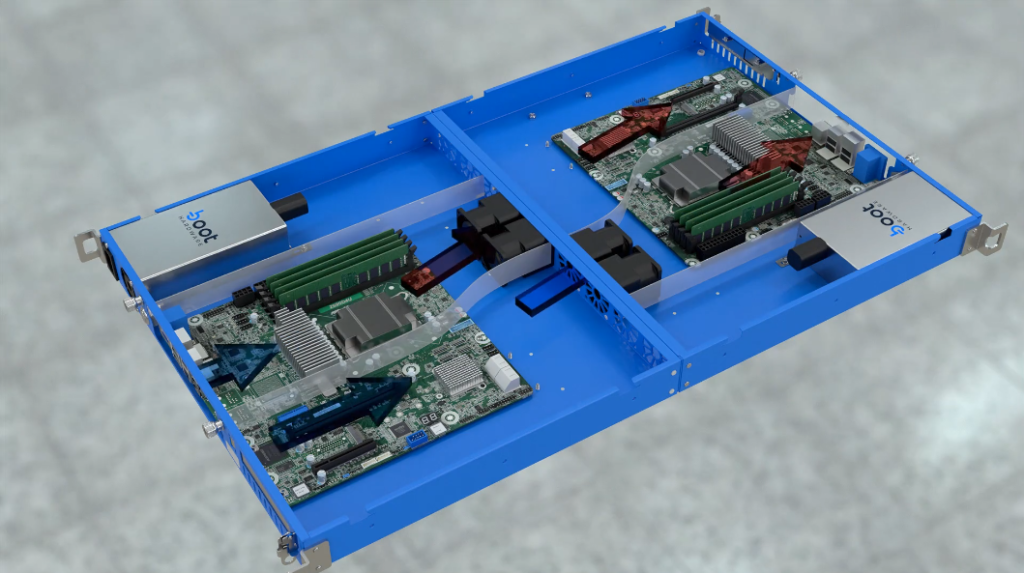
(It’s a server chassis designed to double what you can do in a standard 1U setup.)
Q: Recently, you just built Boot a company that is designed to solve a problem for ReliableSite, but also branched off and sold to other competitors essentially… that’s designed to grow adjacently to ReliableSite? Or do you have any plans to entirely branch it off?
A: Yes, the hardware and software side were spun off. Boot Hardware is a completely separate entity from ReliableSite, no direct affiliation. ReliableSite just happens to be the largest customer there.
Q: Have you had time to really get the wheels in motion on Boot Hardware yet? Or has up to this point been primarily getting the company established?
A: Boot Hardware has been officially up and running less than 6 months. No issues with sales, right now we’re trying to figure out logistics. The companies that buy from us understand that the chassis are a straight money maker for them.
Q: Do you 3D print some of the parts on them?
A: No, we only do 3D printing for concepting small parts locally. Everything else goes through our supply lines in China. We have found it hard to reproduce the quality of production here in the states.
Q: Interesting… so it’s actually higher quality from China?
A: The precision and manufacturing skill that they have there is leaps and bounds above the rest of the world. The quality that you get in terms of materials is based on what you’re willing to spend. The issue is that we’ve worked with many vendors in the states, they physically don’t have the skills and access to the level of manufacturing that’s available in China.
A: Yes, it’s designed to pretty much double what you can do with a typical 1U setup. It can be used to build out super dense full racks or mix and match with existing 1Us to improve density as needed to take full advantage of your commits. On the ReliableSite side, we’re actually rebuilding a lot of older 1Us into these chassis, which allows us to power that we’re already paying for, but couldn’t use due to space constraint.
Q: Nice, so you stretch out more rack space for the same price… the product retails for $799?
A: Yes, $799 for 2 chassis, 2 power supplies, 6 fans, shrouds, and accessories.
Q: Not bad. Your biggest issue in growing the company is primarily logistics, not demand?
A: Right now, yes. We’ve already sold more chassis than we originally allocated for non-ReliableSite usage. So we’ve been essentially buying back chassis that ReliableSite hasn’t yet used (still new….) and selling them.
Q: The source of advertising for Boot primarily so far has been from word of mouth?
A: 100% word of mouth. The products that Boot Hardware makes isn’t meant to compete against other server hardware. So, they aren’t necessarily for everyone, but they fill specific gaps. This is what we’re finalizing right now:


It’s a bracket that allows us to use Intel Scalable heatsinks on AM4/AM5 sockets. There’s a major lack of great cooling for the server side of AM4/AM5. Instead of recreating the wheel, we just took what already works well and adapted it.
Q: Seems to often be the start of many great products. Let’s say you solve logistics and get manufacturing ironed out, what’s the next step in Boot’s growth?
A: Boot Hardware is still in its infancy with a very limited product set and customer base. We’ll most likely follow where the market takes us in terms of demand.
You can click this link to learn more or even buy a chassis.
DDoS Mitigation From ReliableSite Isn’t Just a Rumor
Q: Rumor has it you’re developing a new unnamed DDoS mitigation solution, too?
A: Yes. This is the first thing we’re going to roll out on the software side of things. It’s pretty much ready to go.
Q: It was simply born as a solution to ReliableSites problems? That’s where the idea for the DDoS mitigation originated from?
A: It’s an evolution to our current setup. We currently use in-house built mitigation appliances, while this solution allows us to do much of the same filtering directly on the router. It lowers operating costs for us and speeds up deployment of new rules.
Q: Could you give a brief summary (explain like I’m five) of how it works?
A: We connect to the router using a BGP session and push flowspec rules dynamically based on traffic analysis of flows coming from the router. It’s very similar to how many of the big boys like Cloudflare do it on their edge.
He also sent me a link to this CloudFlare blog post that discusses how Flowspec works as well.
Q: So, any provider big enough that they own their own IPs, gear, etc, in need of DDoS mitigation could reach out to you?
A: Yeah, it’ll be cheap as it won’t require any special hardware or even software running on the customer’s end. In terms of protection, anyone that understands DDoS protection will see this as just a layer in a filtering onion. Think of it this way, if you’re purchasing gear from someone like Arbor, etc – it gets expensive quickly. This will allow you to have your router do some of the heavy lifting for basic volumetric attacks before your more advanced devices start filtering more complex traffic.
Q: Care to say a price point?
A: Probably ~$99/mo at launch, and there won’t be any on-prem hardware or remote data filtering. All of the filtering will be done by the customer’s router (assuming it supports flows and BGP flowspec).
Q: When do you plan on launching it?
A: That’ll be the first thing we launch. Hopefully in July, 2023.
With both software and hardware development firmly in the works, I wanted to know what else we could expect from Radic…
The New WHMCS Killer… and It’s FREE
Q: Not bad, and you have plans for a couple other software related projects that solve some of ReliableSite’s problems coming out at a later point, too?
A: Our biggest product we’ve been working on is a billing / support portal. It’s the final two pieces of software that we’re still using that are 3rd party.
Q: How far is it in development?
A: 90% done, the last 10% will probably take as long as the first 90%.
Q: Any estimated time of arrival?
A: I’m hoping we’re going to launch it on Boot Hardware and the software side of things for billing later this year. ReliableSite won’t get it until we know it works great.
Q: The public roll out?
A: If we’re lucky, next year. I’m hoping to launch it as a free product.
Q: Entirely free? Why?
A:WHMCS marketshare needs to go down.
Q: Hahahahaha. That’s your only reason?
A: Is that not a good reason?
Q: There’s a lot of alternatives, but only a few for the hosting industry. ClientExec or Blesta come to mind. What does your billing panel do differently?
A: But are they free?
In this reversal of interviewer dynamics… I replied, “a couple of them yeah, but the free ones are… not good. Like BoxBilling.”
Radic then replied, “it wont increase licensing fees 10x every other year, either.”
Fair enough.
Q: Is it going to be self-hosted?
A: I want to say yes.
Q: Open source?
A: Not open source. We’re not even close to releasing it yet, so I don’t want to promise anything (other than free).
Whew! Radic is a busy guy. How does he keep up with everything?
What’s Happening Right Now
Q: So, right now you’re basically just running ReliableSite, and in the background working on developing a couple of new products like Boot, a DDoS mitigation solution, and a billing panel?
A: We’ve always done hardware and software on the ReliableSite side, it’s basically just been split off into their own brands now. ReliableSite is the main funding source for both of those companies, but the goal is to make them self sufficient. Boot hardware is getting there quickly.
Q: What would you describe your day-to-day life as, over at ReliableSite?
A: I don’t write much code nowadays, my day to day is forward looking, putting out fires, and some project management.
Q: If someone right now is reading this that’d like to follow in your footsteps, what advice would you give them on growing a company in this industry?
A: This is tough advice to give.
Radic paused for a second here to pull up a LowEndTalk thread and replied, “I’m looking for a Hazi migration thread…” and sent me this post.
[Hazi, the company he mentions is a Romanian hosting provider over at LowEndTalk.
We’ve covered Hazi.ro starting a new datacenter in Romania here. It’s one of our most popular articles ever.
To give you some context on his following advice, here’s an excerpt from that article:
“Let me introduce you to the man, the myth, the legend himself…
Florin Marian, also known as the founder of Hazi.ro, and…
The proud new owner of a
state of the art datacenterclosetsomething.
According to him, the new datacenter includes:
- own ASN number
- 3 internet connections from 2 different providers (in total 350MBps guaranteed and 3GBps best effort)
- system with photovoltaic panels that produce in excellent conditions 3-6KWh (we haven’t decided yet)
- 7.5KWh electric generator on gasoline with an autonomy of 10 hours without being refueled
- automation for the automatic start of the electric generator
- UPS to ensure at least one hour of operation in the event of a power outage (essentially at night when the panels do not produce energy and there could be a problem when starting the generator)
- A room of approximately 6 square meters that is isolated from the rest of the house
- An air conditioner
- A 42U rack (800×1000) that is sealed on all sides and contains a front -> rear cooling circuit based on 4 fans positioned above the rack
- A Cisco Enterprise switch recommended by the ISP we collaborate with
- A fire detection system that automatically releases inert gas in case of smoke detection”]
Radic went on to add:
While I’m not a big fan of how he pushes through his message, he decided to take a risk and do it differently. He took his few servers that were colocated and said “this is better in my closest, I can make it work.” Lots of hate, lots of insults, but he went through it with it. He’s making a million mistakes, and has many million to make, but if he succeeds, he’ll be able to offer and do things that the typical provider can’t. He’s also immune to cost increases, data center overhead costs, etc.
Q: In his case he accidentally signed contracts with cost increases, or misleading contracts. You’re basically saying you need to have confidence in yourself, then?
A: That’s honestly no big deal. He learned his lesson.
Q: You need to make mistakes to learn, but the importance is in the action is what I’m gathering?
A: For sure, don’t be afraid to do it your way. Copying everyone else will just make you like everyone else, and there’s only so much market share for that.
I replied, “I do think that’s a big issue in this industry. Everyone is way too similar… almost cookie cutter themes, names, WHMCS, and a lot of the same upstream providers.”
Radic chimed in:
The most successful resellers that we have are the ones that offer their own services on top of ours. They aren’t just flat out reselling what we have, but essentially use our services as a layer for theirs.
Q: Absolutely. So, 5 years from now everything being said… ideally, where do you see yourself, ReliableSite, and everything else?
A: ReliableSite is a pretty mature company now, we’re just managing efficiencies now. If we can reduce our costs, we can continue to offer awesome service at a very competitive price.
It seemed pretty open ended, so, I asked if it was his complete answer… he replied:
“The complete answer will include more of a ‘tech is a big dumpster fire right now, it’s going to be an interesting next few years’ – I’m hoping we can continue growing.”
Logic checks out there.
It’s Clear to See There’s Been a Lot Happening Behind the Scenes Over at ReliableSite
I can tell you for certain Miami is in high demand for the United States and South America, so I’d love to see Radic add another datacenter in Miami.
Plus, the other stuff he’s doing like Boot, the DDoS mitigation solutions on a budget, as well as a free billing and support panel? Absolutely awesome stuff.
What other ‘started from the bottom’ shared hosting providers do you know out there building datacenters and working out kinks in Chinese manufacturing supply lines?
Not many, and Radic is the exact type of guy to actually pull it off.
I’ll gladly be sitting back and watching all of these projects come to fruition and watch the continued (and well deserved) growth of ReliableSite.
Don’t think I forgot our LowEndBox usual, either…
Would You Like a Deal?
When asked if he’d like to include any deals at the end, Radic told me he just went through a major cycle of lowering prices, and specifically sent me the following list:

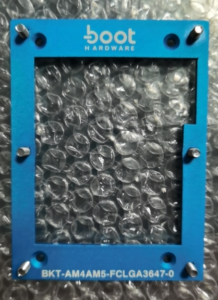

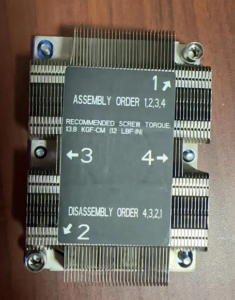


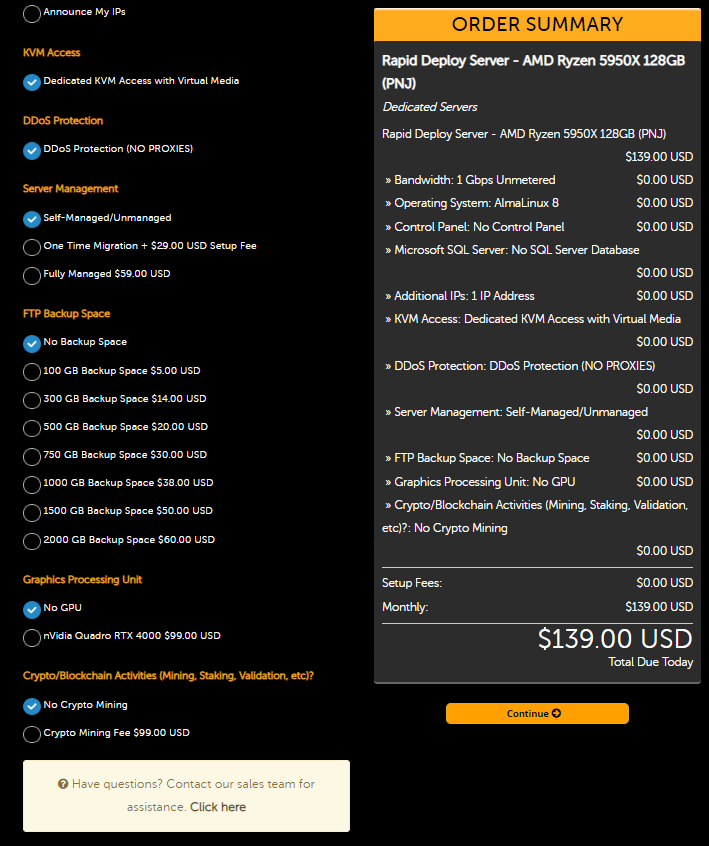






















No mentions of a Singapore location.. :(
“It’s on the to-do list.” – Radic
Well that is certainly music to my ears. Is there a possibility of a projected timeline for this?
Unfortunately he said he’s unable to give any type of timeline.